3 Important Japanese World War II Places To Visit In Tokyo
Understanding history is essential to grasp the dynamics that have shaped pivotal events. My visit to the Yasukuni Shrine and the Yushukan War Memorial Museum in Tokyo was an insightful exploration into Japan's extensive military heritage. The Yasukuni Shrine, with its comprehensive record of over 2.4 million individuals, starkly illustrates the broad impact of wars from the Boshin War through World War II.
- What: Tokyo War Museum & Yasukuni Shrine
- Why: Educational experience on the military history of Japan
- Where: 3-Chome-1-1 Kudankita, Chiyoda, Tokyo [Map]
- Hours: 9:00am - 4:00pm
- Price: ¥800 Yen ($7.25 USD) per person
- Travel Itinerary: 7-day Tokyo Itinerary for an amazing Tokyo trip
- Related: Yamato Museum in Kure for world's biggest battleship
Buy Tickets for Tokyo
The Yasukuni Shrine in Tokyo, established by Emperor Meiji, stands as a solemn testament to Japan's military past, initially commemorating those who perished serving the Empire of Japan during the Meiji Restoration. Over time, it has expanded its memorial to include 2,466,532 individuals who participated in conflicts from the Boshin War in 1867 through to the end of World War II. This shrine meticulously records their names, origins, birthdates, and places of death.
Tokyo Map Download



Attractions • Restaurants • Rooftops
Bars • Nightclubs • Walking Routes
and Bonus Tips.
Best Places in Tokyo

1. Yasukuni Shrine
A notorious shrine across from the Emperor's palace, often the subject of controversy, pays tribute to those who lost their lives in service of the Empire of Japan.

2. Yushukan Museum
Japanese military and war museum located within Yasukuni Shrine. Including a large collection of model battleships, tanks and kamikaze planes. Entrance fee is ¥800 ($7.25 USD)

3. Edo-Tokyo Museum
Mesmerizing elevated museum with a detailed section on Tokyo during World War II

4. Yamato Museum
World's biggest battleship was built by Japan. You can visit the museum in Kure to see a 1/10 scale model of the ship. Entrance fee is ¥500 ($3.50 USD)

5. Hiroshima Peace Memorial Museum
Dive deep into World War 2 history in Hiroshima by visting the Atomic Bomb Dome and the read testimonials of the A-Bomb survivors.
The main sanctuary of the shrine, the Yasukuni Honden, is specifically dedicated to the souls of those who died in service to the Empire of Japan. This dedication aligns with its founding purpose by Emperor Meiji, reflecting the nationalistic spirit of the era and the emperor's intent to honor the fallen warriors of Japan.
 the Yasukuni Shrine in Chiyoda, Tokyo
the Yasukuni Shrine in Chiyoda, Tokyo
Adjacent to the Honden, the Yasukuni Chinreisha shrine presents a broader commemoration. It honors not only the Japanese soldiers of various historical epochs, including the Tokugawa Shogunate and the Republic of Ezo, but also individuals from foreign military forces such as the British, American, Chinese, Korean, and Southeast Asian armies, showcasing a more inclusive approach to remembrance.
Within the shrine’s precincts lies the Yushukan War Memorial Museum, an extensive repository of Japanese military history. The museum showcases a range of artifacts and documents that narrate the story of Japan's military engagements from the Meiji Restoration to the devastating end of the Pacific War, offering visitors a comprehensive view of Japan's martial legacy.
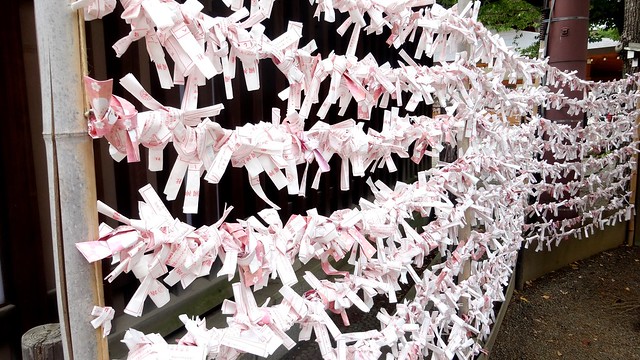 letters at the Yasukuni Shrine
letters at the Yasukuni Shrine
A highlight for those interested in naval history is the Yamato Museum in Kure City, near Hiroshima. This museum features a 1/10 scale model of the Yamato, the iconic battleship of the Japanese navy during World War II. The Yamato, with its massive 46 cm Type 94 main guns and a displacement exceeding 70,000 tons, symbolizes the zenith of Japanese naval engineering and ambition during the war.
In Tokyo, the War Museum, established in 1882, claims the title of Japan’s oldest military museum. Despite controversies over its portrayal of Japan's wartime actions and accusations of glorifying the country's militaristic endeavors, it serves as a crucial resource for understanding the complexities of Japan's military history.
 beautiful Canal Cafe since 1918 in Chiyoda, Tokyo
beautiful Canal Cafe since 1918 in Chiyoda, Tokyo
Exploring these sites offers a deep dive into the historical and military fabric of Japan, providing a nuanced understanding of the nation's past conflicts and the evolution of its military traditions and capabilities.
After a day steeped in history, a visit to the nearby Tokyo Canal Cafe, in operation since 1918, provides a serene setting to reflect on the day's experiences. The cafe, with its historic charm and tranquil ambiance, offers a moment of respite in the bustling city.
For those planning a trip to Tokyo, delving into these historical sites can be profoundly educational and moving. I recommend complementing this historical exploration with my meticulously crafted 7-day Tokyo Pocket Itinerary, derived from over a decade of personal experiences, to ensure a comprehensive and enriching visit to Japan's dynamic capital.


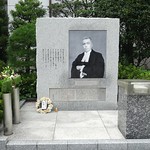


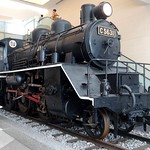

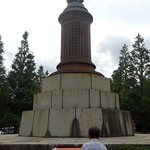
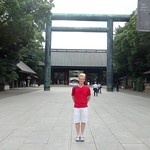
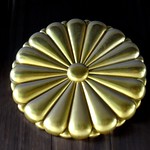



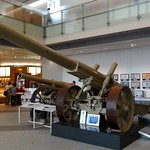


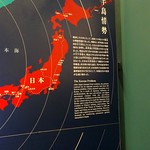




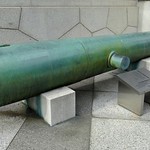







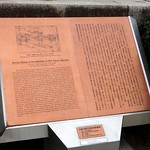





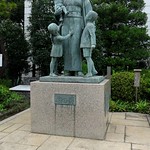


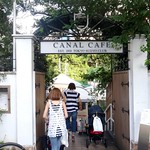






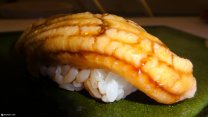





 My name is
My name is